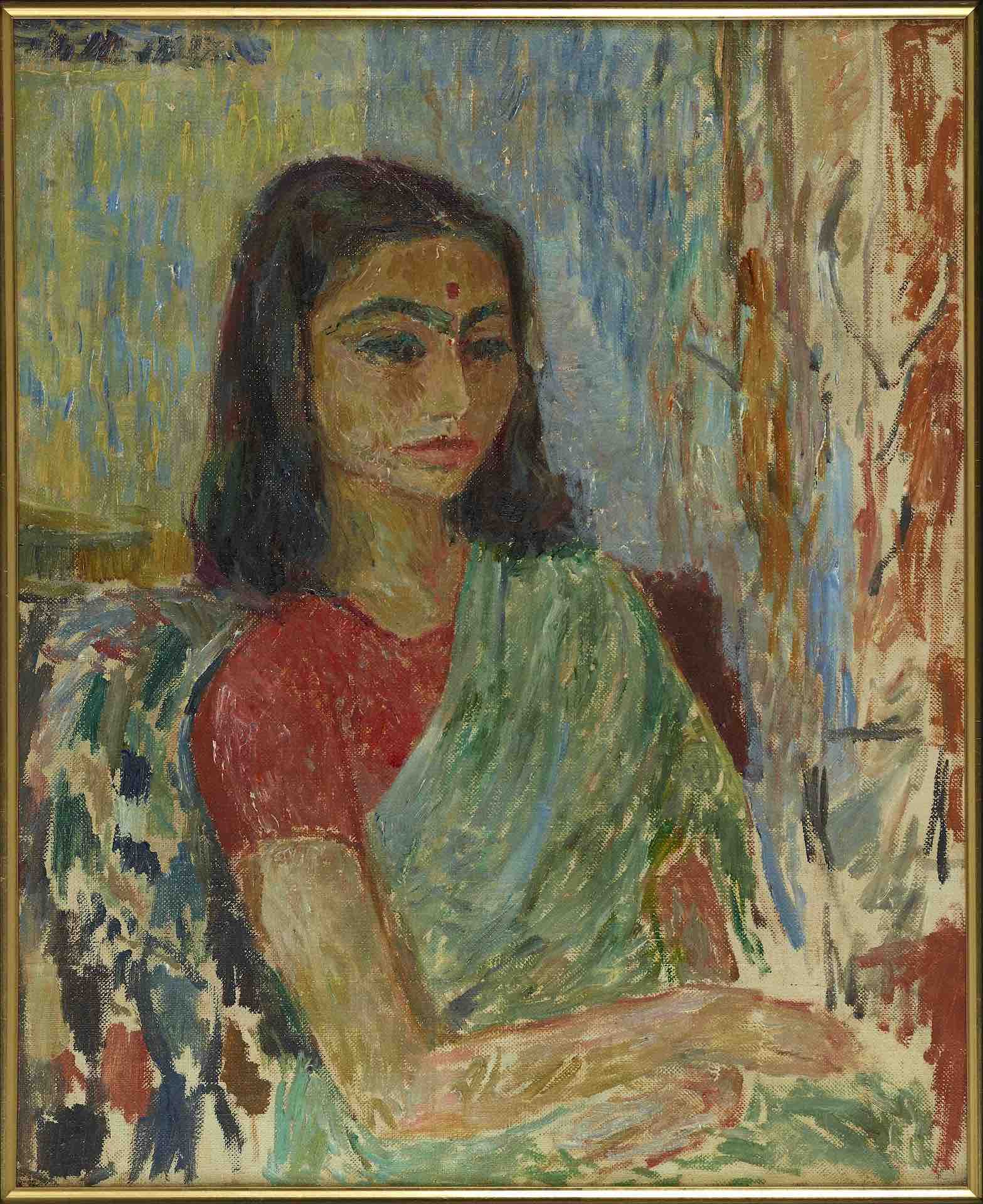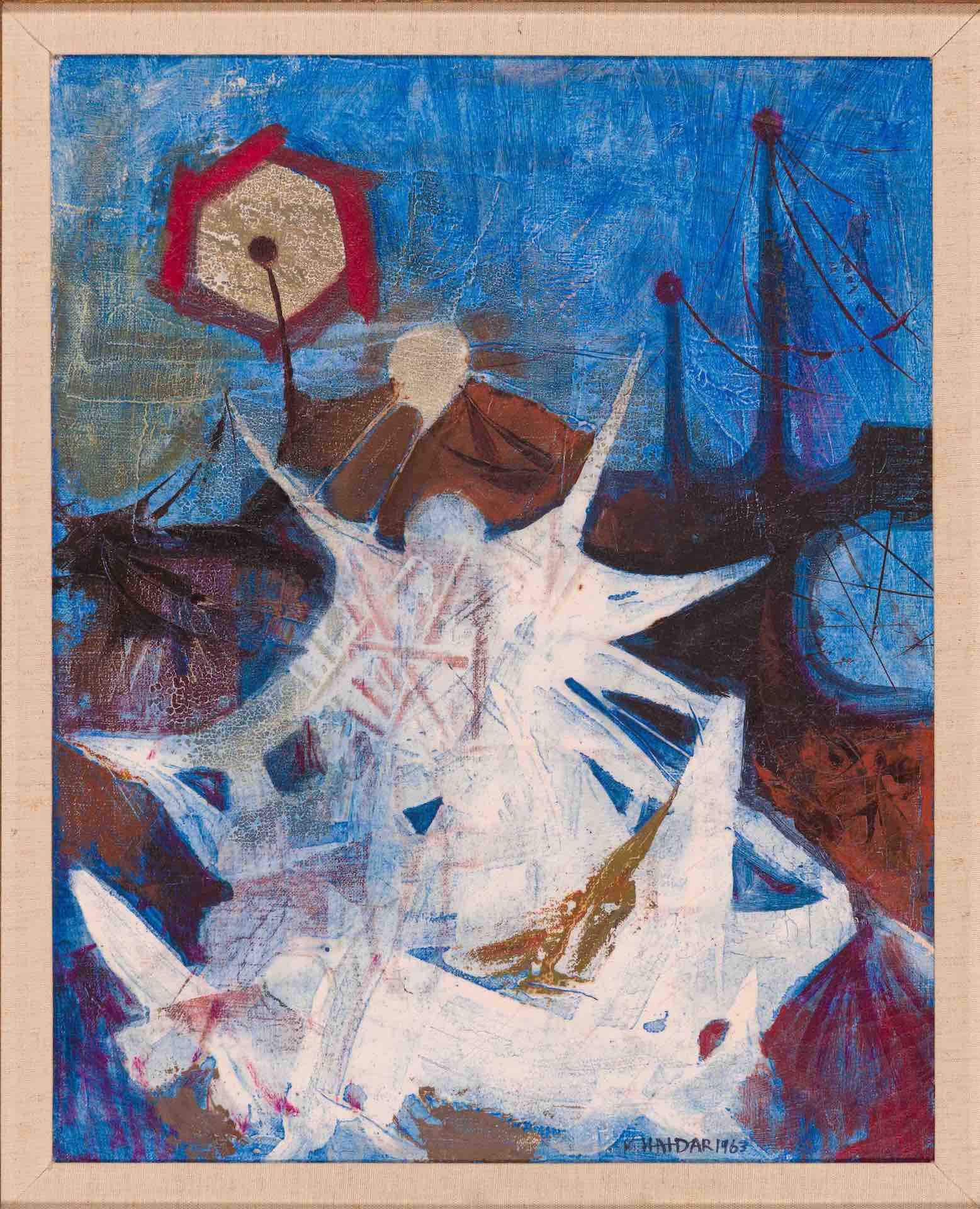The Farjam Collection is renowned for its vast collection of modern and contemporary Middle Eastern art, which is a testament to the region’s vibrant artistic culture. The collection includes works by both established and emerging artists from the Middle East, North Africa, and South Asia, and represents a diverse range of media, styles, and themes.
One of the most significant aspects of modern and contemporary Middle Eastern art in the Farjam Collection is its representation of the region’s cultural and political landscape. Many of the works address issues of identity, displacement, and conflict, providing insight into the complex social and political realities of the region. The works often explore themes such as migration, gender, religion, and the impact of globalization on local cultures.
The Farjam Collection is also significant because it features works by some of the most important contemporary artists from the Middle East. The collection includes works by Iranian artist Shirin Neshat, Palestinian artist Mona Hatoum, and Syrian artist Khaled Takreti, among many others. These artists have gained international recognition for their unique and insightful perspectives on the Middle East and their contributions to contemporary art.
Another important aspect of modern contemporary Middle Eastern art in the Farjam Collection is its innovation and experimentation with different media and techniques. Many of the works in the collection employ traditional techniques such as calligraphy, but also incorporate new technologies and materials. For example, the collection includes works that use photography, video, and digital media to explore themes of identity and globalization.
Finally, the importance of contemporary modern Middle Eastern art in the Farjam Collection extends beyond its aesthetic and cultural significance. The collection serves as a platform for promoting greater understanding and appreciation of the region’s art and culture. The collection has been exhibited in many venues worldwide, including the British Museum, the Moscow Museum of Modern Art, and the Venice Biennale, among others. Through these exhibitions and other initiatives, the collection helps to promote greater awareness of the unique and innovative contributions of Middle Eastern artists to contemporary art.
In conclusion, the Farjam Collection’s modern and contemporary Middle Eastern art is an important and valuable part of the collection. It provides insight into the complex social and political realities of the region and showcases the diverse and innovative perspectives of Middle Eastern artists. The collection serves as a platform for promoting greater understanding and appreciation of the region’s art and culture and helps to highlight the unique contributions of Middle Eastern artists to contemporary art.
Untitled
Untitled
Stardust
Untitled
Lamea
Nalini
La Famille
He Is Destroyed That He May Then Return, from the series ‘The Martyr’s Epic
Birds of Paradise
Traces en Soie
Untitled
Tête Dure
Banquet
Untitled
They Hunt …
Laundry at Kobba
The Years of Fire and Snow, from the series ‘Memories of Destruction’
No. 100
Lilith Playing Monkey
Untitled, from the series ‘Tree of Life’
Disclaimer
The images of artworks presented on this website are part of The Farjam Collection and are displayed with the utmost respect for the modern and contemporary artists who created them. The Farjam Collection and The Farjam Foundation strive to provide accurate and informative representations of these works for educational and cultural purposes.
We have made every effort to obtain permissions from the artists and their representatives to showcase these images. If you are an artist or a representative of an artist whose work is featured here and have concerns regarding its usage, please contact us at info@farjamfoundation.org. We will address your concerns promptly and take appropriate action.
All images and content are the intellectual property of their respective owners and The Farjam Collection. Unauthorized reproduction, distribution, or use of these images without explicit permission is strictly prohibited.





















